NVIDIA Ampere Architecture CUDA® Cores
Double-speed processing for single-precision floating point (FP32) operations and improved power efficiency provide significant performance improvements for graphics and simulation workflows, such as complex 3D computer-aided design (CAD) and computer-aided engineering (CAE).
Second-Generation RT Cores
With up to 2X the throughput over the previous generation and the ability to concurrently run ray tracing with either shading or denoising capabilities, second-generation RT Cores deliver massive speedups for workloads like photorealistic rendering of movie content, architectural design evaluations, and virtual prototyping of product designs. This technology also speeds up the rendering of ray-traced motion blur for faster results with greater visual accuracy.
Third-Generation Tensor Cores
New Tensor Float 32 (TF32) precision provides up to 5X the training throughput over the previous generation to accelerate AI and data science model training without requiring any code changes. Hardware support for structural sparsity doubles the throughput for inferencing. Tensor Cores also bring AI to graphics with capabilities like DLSS, AI denoising, and enhanced editing for select applications.
48GB of GPU Memory
Ultra-fast GDDR6 memory, scalable up to 96GB with NVLink, gives data scientists, engineers, and creative professionals the large memory necessary to work with massive datasets and workloads like data science and simulation.
Third-Generation NVIDIA NVLink®
Connect two A40 GPUs together to scale from 48GB of GPU memory to 96GB. Increased GPU-to-GPU interconnect bandwidth provides a single scalable memory to accelerate graphics and compute workloads and tackle larger datasets. A new, more compact NVLink connector enables functionality in a wider range of servers.
Virtualization-Ready
Next-generation improvements with NVIDIA virtual GPU (vGPU) software allow for larger, more powerful virtual workstation instances for remote users, enabling high-end remote design, AI, and compute workloads.
PCI Express Gen 4
PCI Express Gen 4 doubles the bandwidth of PCIe Gen 3, improving data-transfer speeds from CPU memory for data-intensive tasks like AI, data science, and 3D design. Faster PCIe performance also accelerates GPU direct memory access (DMA) transfers, providing faster I/O communication of video data between the GPU and GPUDirect® for Video-enabled devices delivering a powerful solution for live broadcast. A40 is backwards compatible with PCI Express Gen 3 for deployment flexibility.
Data Center Efficiency and Security
Featuring a dual-slot, power efficient design, NVIDIA A40 is up to 2X as power efficient as the previous generation that is validated with a wide range of NVIDIA-Certified systems from worldwide OEMs. The NVIDIA A40 also provides secure and measured boot with hardware root of trust capability, ensuring that firmware has not been tampered with or corrupted.
Professional Features
NVIDIA A40 combines the performance and features necessary for large-scale display experiences, VR, broadcast-grade streaming, and more.
- Multi-Display
- Quadro Sync
- Video Encode and Decode
- VR
- Enterprise Drivers


Multi-Display Technology
Drive massive cave automatic virtual environments (CAVEs), video walls, virtual sets and broadcast, and location-based entertainment deployments with support for multiple 8K monitors, NVIDIA Mosaic multi-display technology with bezel correction, and NVIDIA’s Warp and Blend SDK.


Quadro Sync
Synchronize multiple NVIDIA A40 GPUs with displays or projectors to create large-scale visualizations with NVIDIA Quadro Sync technology.


Video Encode and Decode
With dedicated video encoder (NVENC) and decoder engines (NVDEC), access the performance needed to work with multiple streams simultaneously, export video faster, and use multi-stream video applications for broadcast, security, and video serving.


Immersive VR
Power the most immersive augmented reality (AR) and virtual reality (VR) experiences on the highest-resolution head-mounted displays (HMDs) with accelerated graphics and increased display bandwidth. Four-way VR SLI enables peak performance, assigning 2 NVLink connected GPUs to each eye.


Enterprise Drivers
Virtual workstations powered by Quadro Virtual Data Center Workstation (Quadro vDWS) software leverage the same Quadro platform as physical workstations, benefiting from extensive testing across a broad range of industry applications and certifications from over 100 independent software vendors (ISVs) to ensure optimal performance and stability.


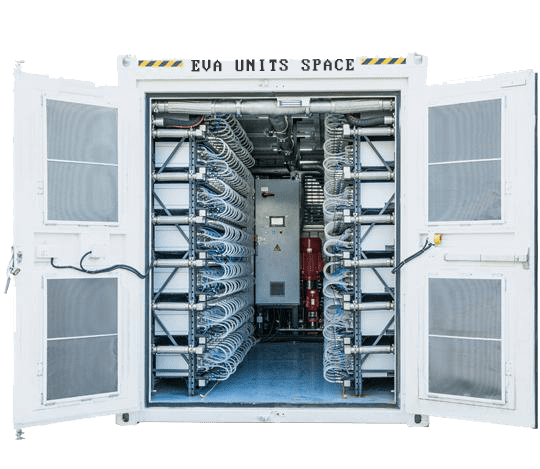
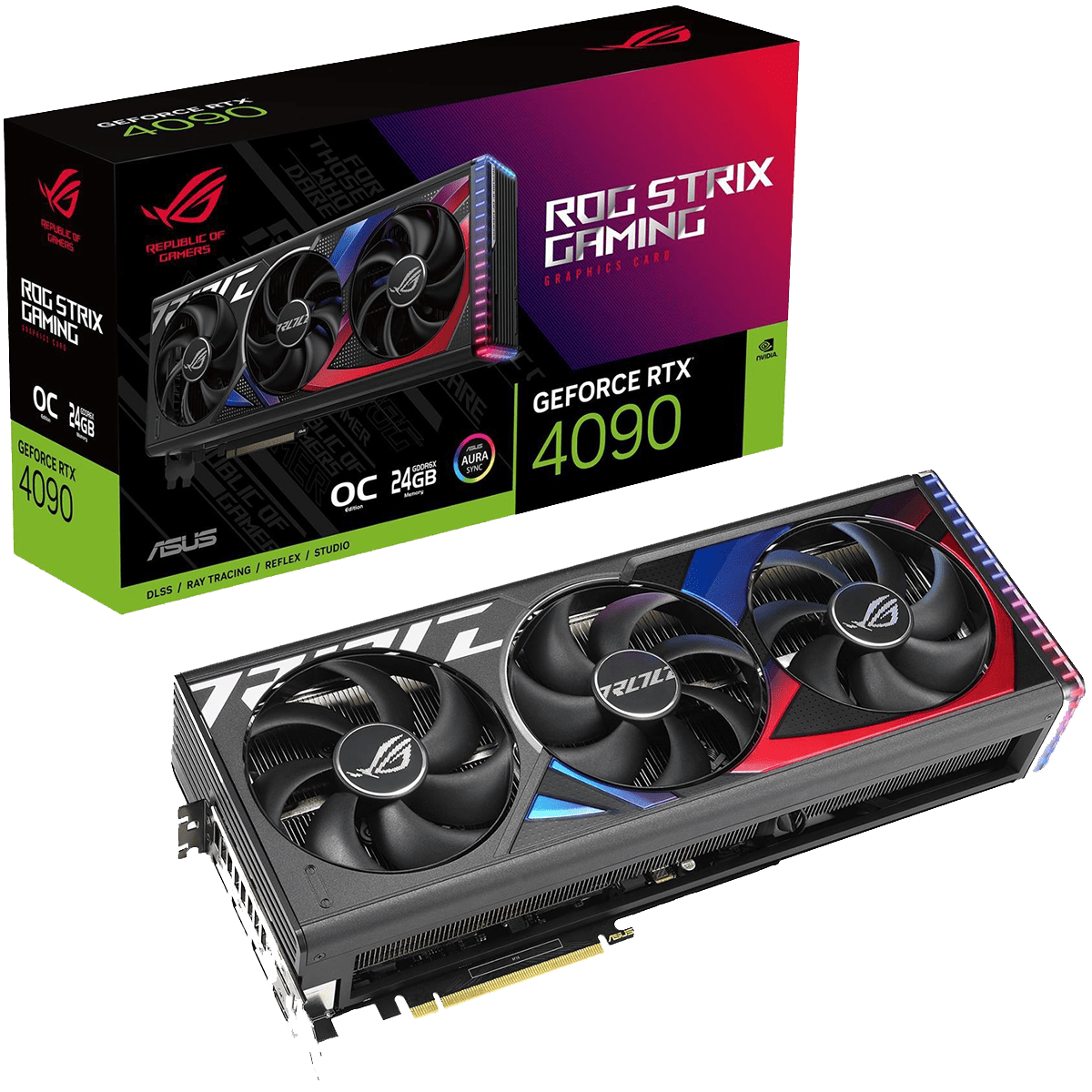
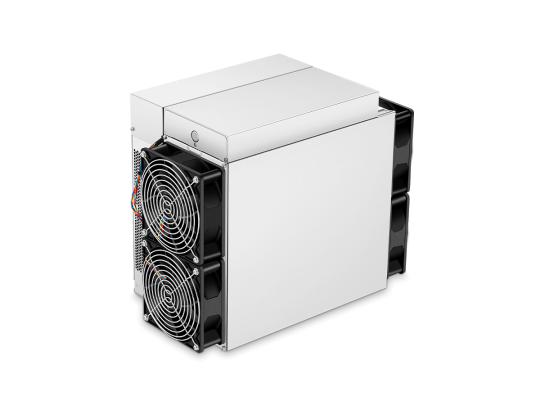

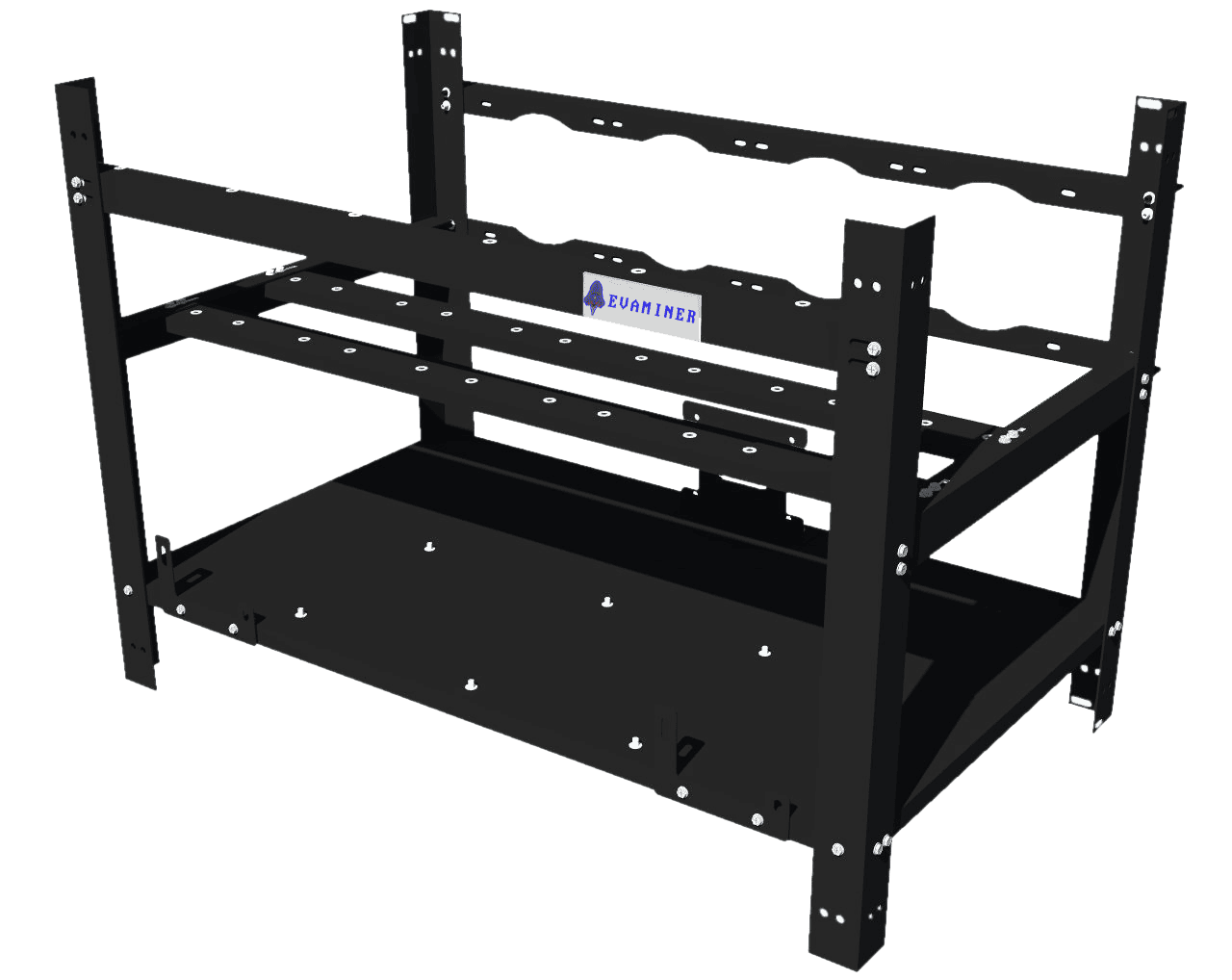

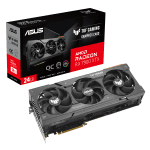
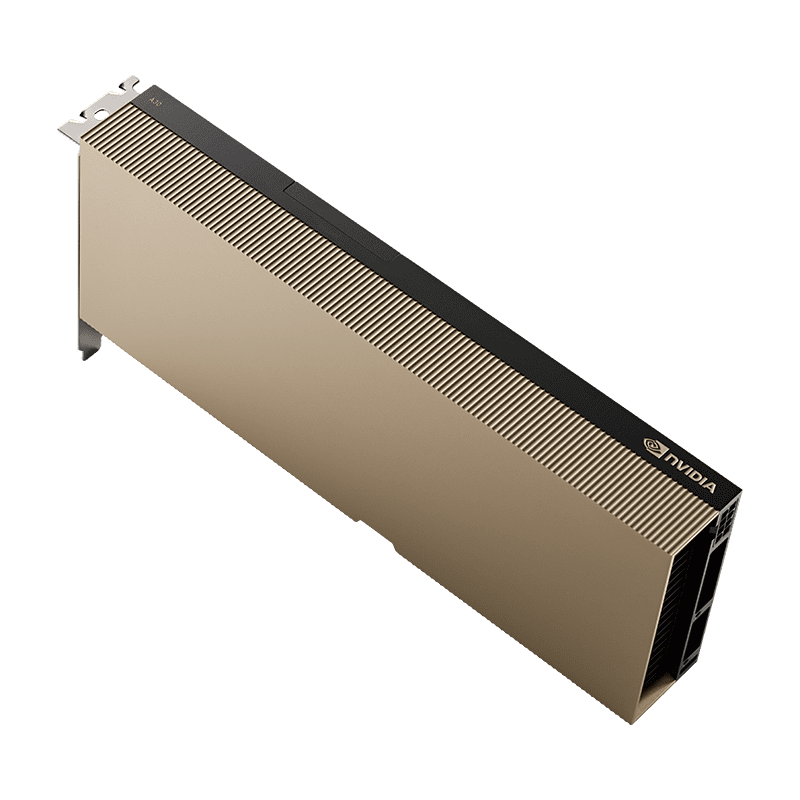


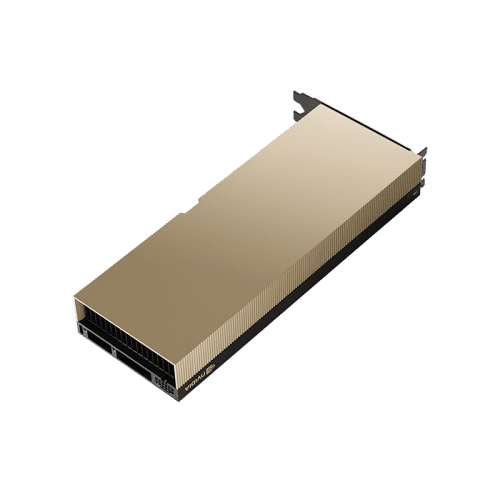
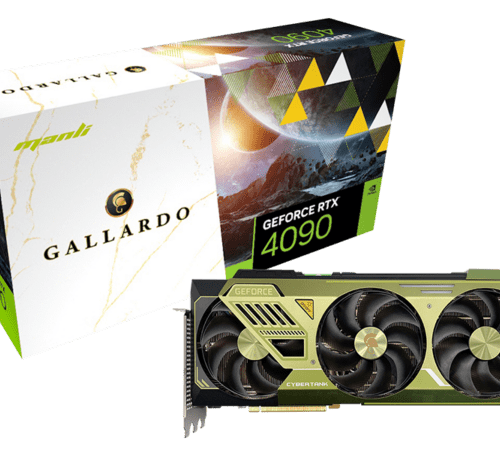

Reviews
There are no reviews yet.